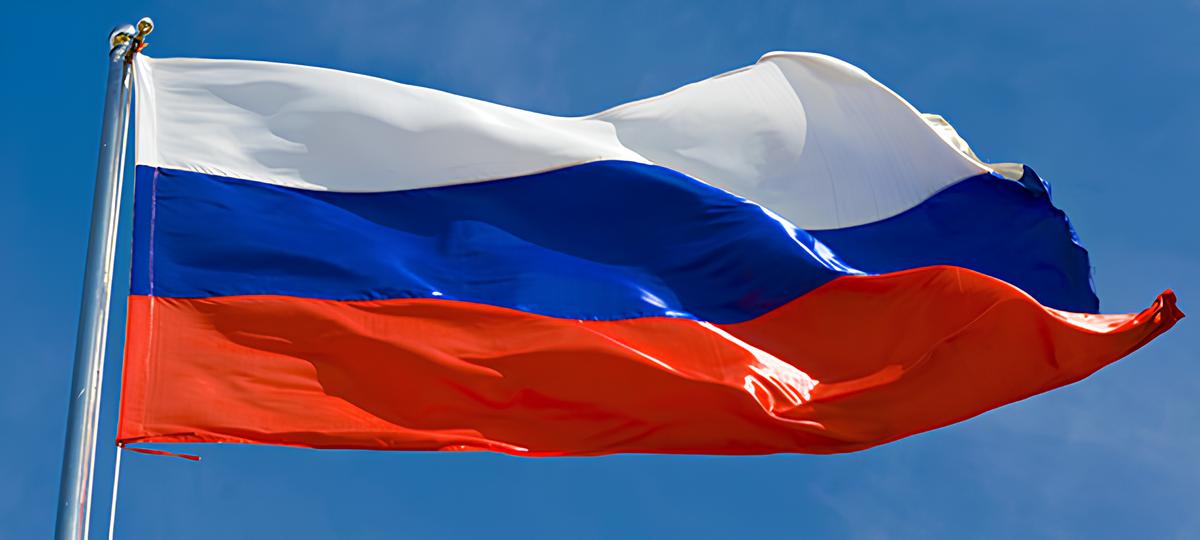
The numbers are in, and Thomson Reuters GMFS (Gold Fields Mineral Services) is showing that the Central Bank of Russia bought a record amount of gold in 2014. Most experts believe that Russia is attempting to strengthen the ruble thereby reducing their dependence on the US dollar.
Online news source, RT, using information from Thomson Reuters, is reporting that “Russia’s gold purchases accounted for a third of the world’s total of 461 tons. The amount of gold bought went up 123 percent from the previous year to 152 tons, worth $6.1 billion at current prices. It’s the most Russia has spent since the collapse of the Soviet Union.”
It has previously been reported that Russia is hoping to have the dollar displaced as the world’s reserve currency and perhaps they are trying to position the ruble as a suitable replacement. Mark O’Byrne of GoldCore told RT that he believes that “geopolitical tension” could also be a reason for Russia’s stockpiling of the yellow metal. He believes that because of the rift between the US and Russia, that Russia is now likely to sell dollar assets in order to buy gold.
“That will be done both to protect the ruble and potentially to position the ruble as a reserve currency in the long-term, but also as a signal to Washington,” O’Byrne told RT. “It’s almost like a geopolitical move showing that Russia has a monetary and financial alternative and it can retaliate if economic sanctions were to deepen.”
The European Union’s foreign ministry did vote this month to extend the sanctions against Russian officials until September 2015, with a final vote coming in February.
Russia’s gold purchases included the buying up of extra supply generated by the country’s own mines. RT reports that analysts from GFMS “partially attribute the increase in Russian gold purchases to the buying of metal from domestic production that increased 9 percent year-on-year. At the same time, it won’t be easy to sell these volumes overseas due to sanctions.”
Matthew Turner, an analyst at Macquarie, views the Russian stockpiling as a “clear positive for the gold price. If central banks had no purchased that gold it would have been bought by private investors or jewelry consumers, and this would likely have required a lower gold price.”
The downside to this build-up of Russian gold reserves is that at some point they may need to start selling off its supply in order to further support the ruble. A market suddenly flooded with gold could hurt the price of the precious metal.
Luckily, Turner believes that “we are still a long way off Russia needing to sell gold.”
Gold closed Friday trading at $1,283.25 an ounce.

